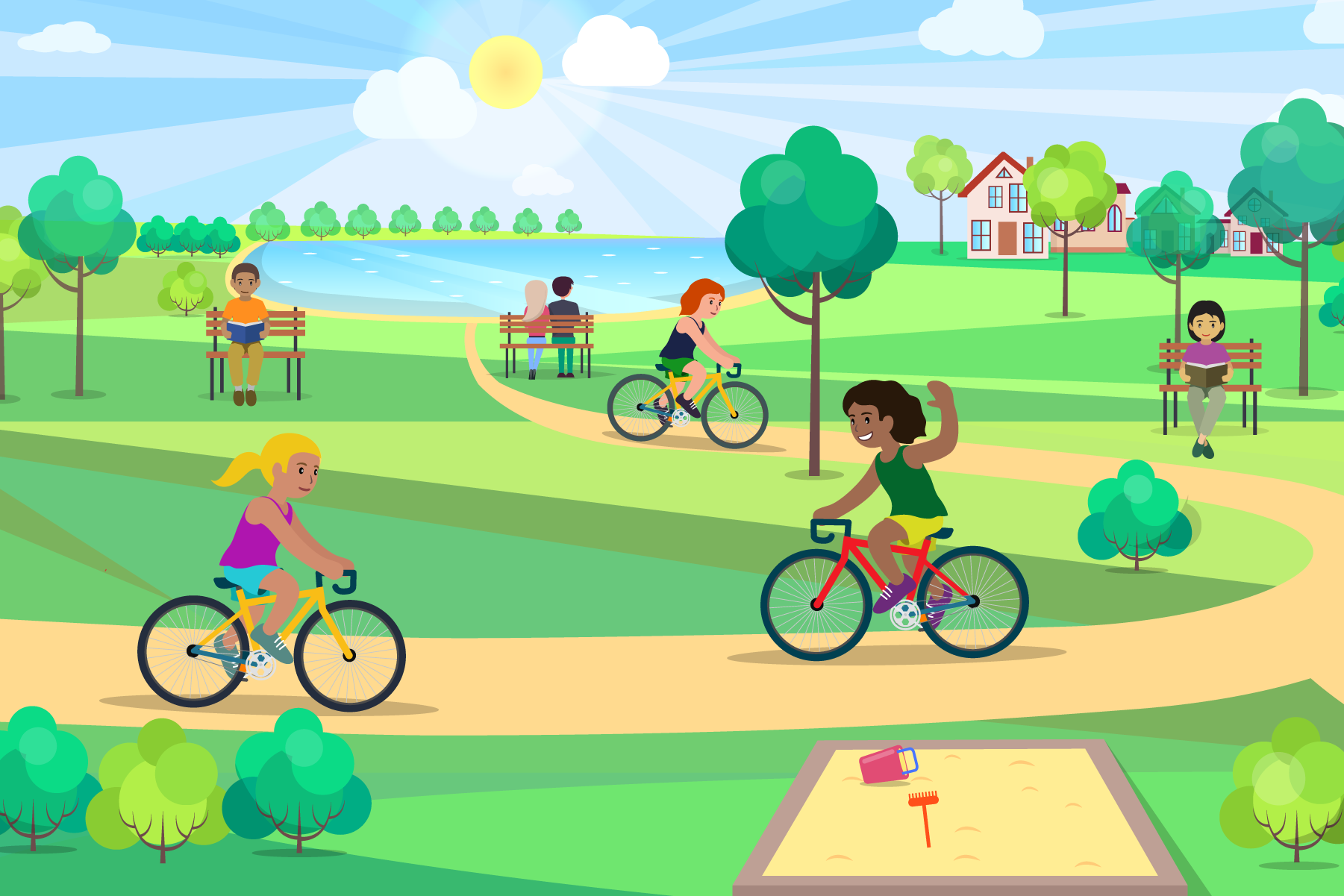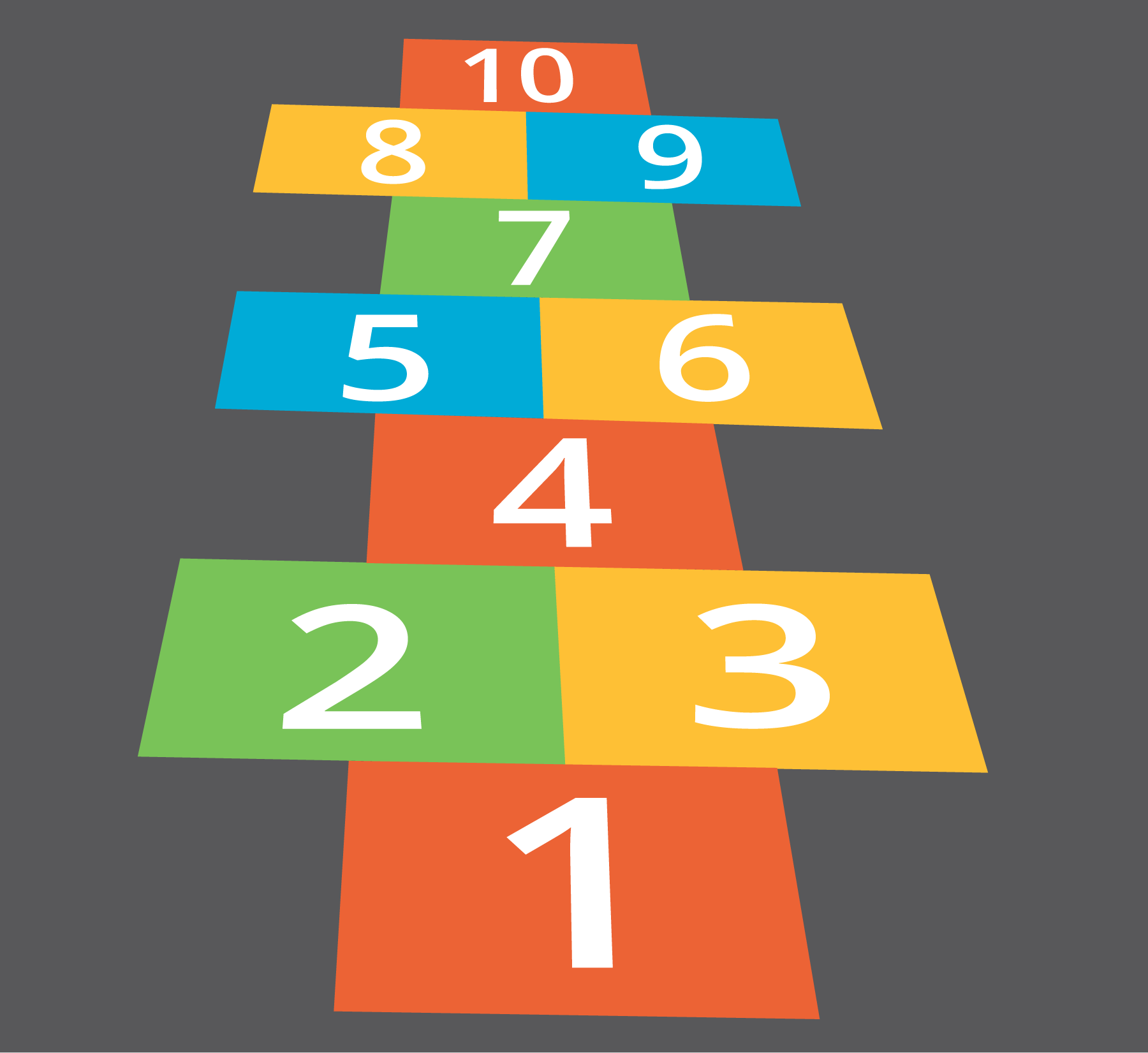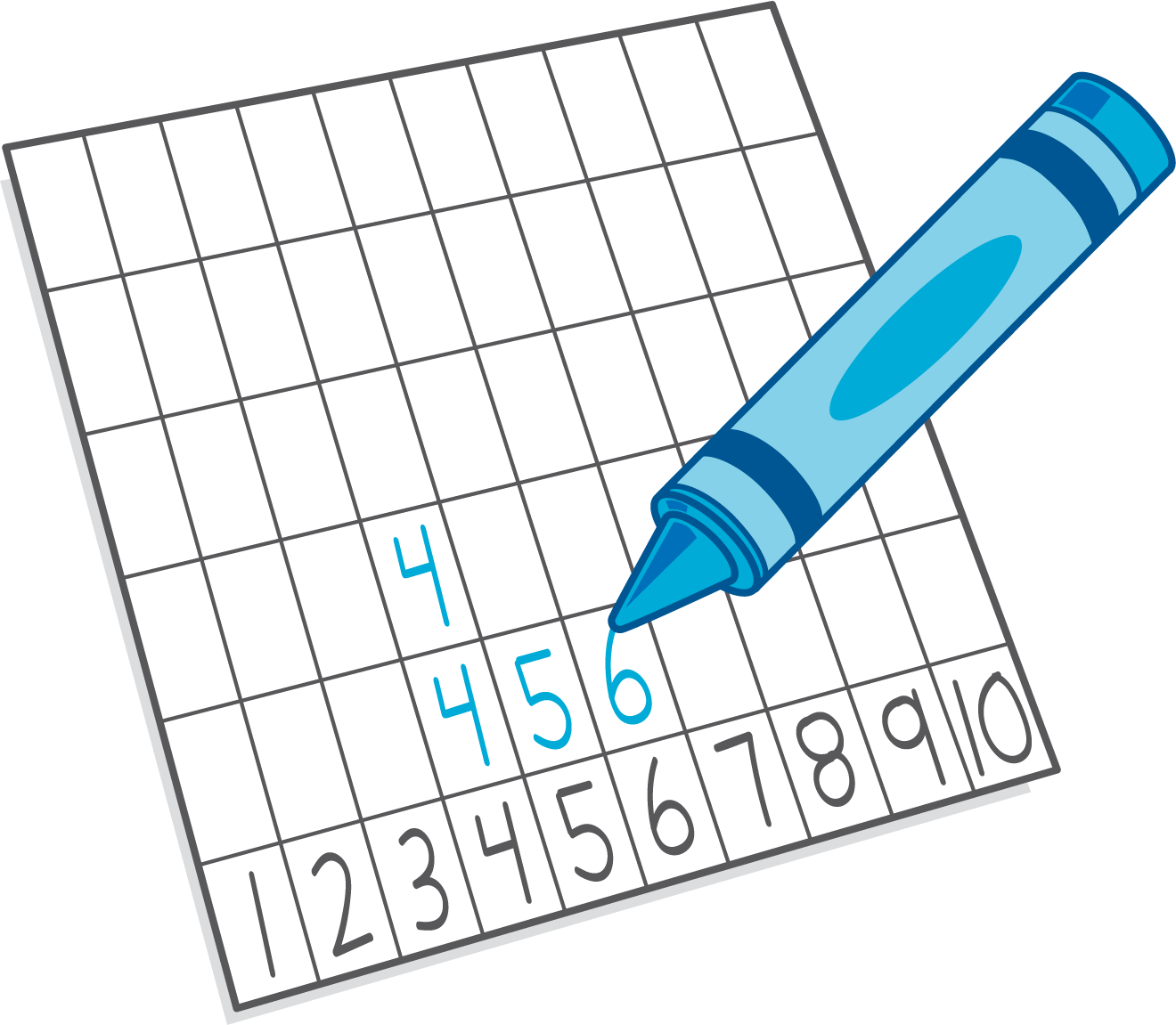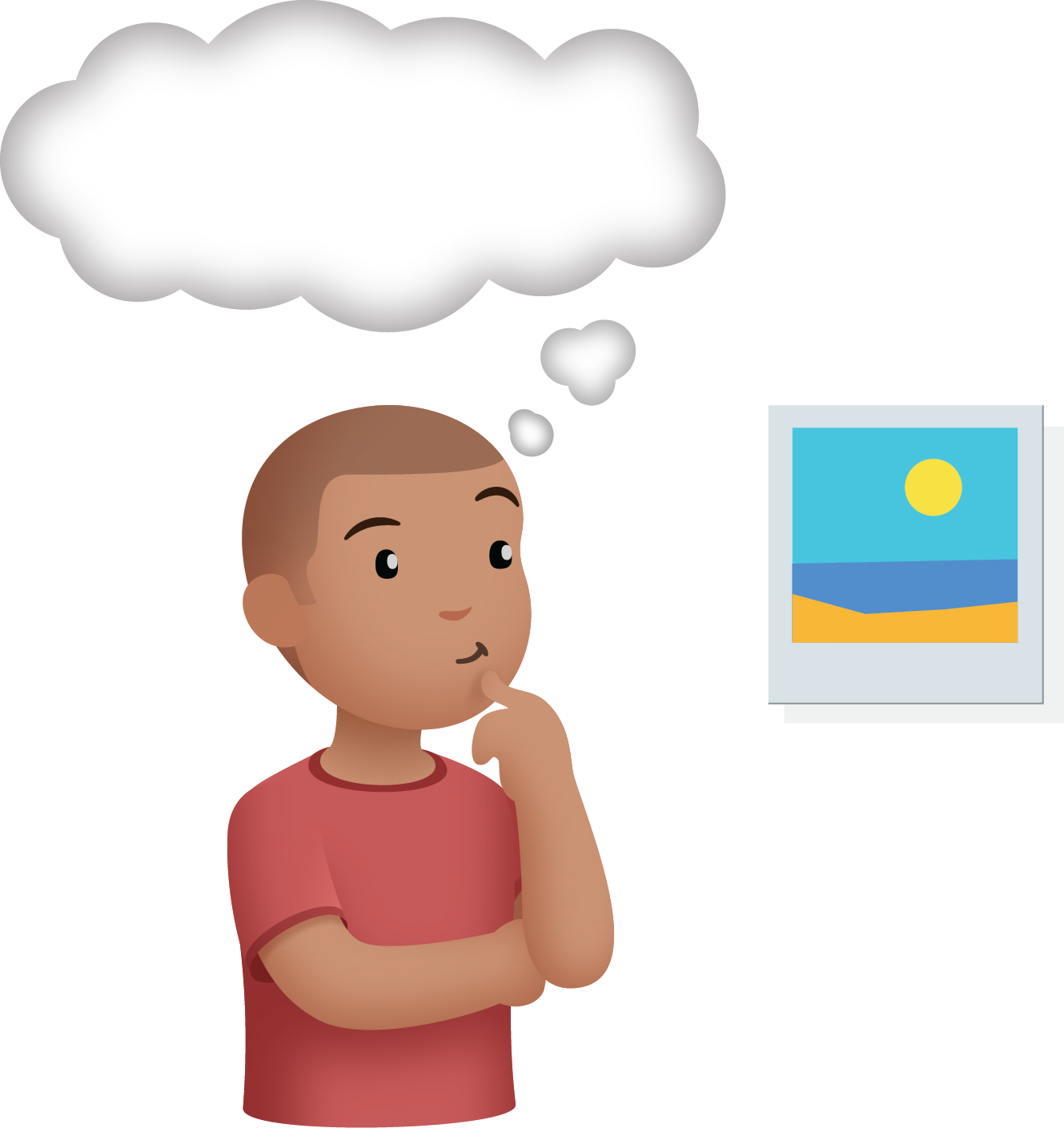Lesson 14
Expressions and Story Problems
Warm-up: Choral Count: Count On (10 minutes)
Narrative
Launch
- “Let’s count to 10.”
- Count to 10.
Activity
- “Now start at the number 3 and count to 10.”
- Count on from 3 to 10.
- Repeat 3–4 times starting with other numbers within 10.
Student Response
For access, consult one of our IM Certified Partners.
Activity Synthesis
- “We can start counting at numbers other than 1. When we count on, we think about what number comes next when we count.”
Activity 1: Expression for a Story Problem (10 minutes)
Narrative
The purpose of this activity is for students to explain how a subtraction expression represents a story problem (MP2). Students connect the expression to the story problem and then solve the story problem. Students will be introduced to equations in a later unit.
Advances: Listening, Representing, Speaking, Conversing
Required Materials
Materials to Gather
Launch
- Groups of 2
- Give students access to connecting cubes or two-color counters.
- Read and display the task statement.
- “Tell your partner what happened in the story.”
- 30 seconds: quiet think time
- 1 minute: partner discussion
- Monitor for students who accurately retell the story. Choose at least one student to share with the class.
- Write the expression \(10 - 6\).
- “How does this expression show what happens in the story problem?”
- 30 seconds: quiet think time
- 1 minute: partner discussion
- Share responses.
Activity
- Reread the task statement.
- “Show your thinking using drawings, numbers, words, or objects.”
- 2 minutes: independent work time
- 2 minutes: partner discussion
Student Facing
There were 10 people riding bikes in the park.
Then 6 of the people stopped riding to have lunch.
How many people are riding bikes now?


Student Response
For access, consult one of our IM Certified Partners.
Activity Synthesis
- Write “\(10 - 6\).”
- “What does the 10 represent in the story problem? What does the 6 represent?”
- “10 take away 6 is 4. We can write that as \(10 - 6\) is 4.”
Activity 2: Which Expression? (10 minutes)
Narrative
The purpose of this activity is for students to choose expressions that represent story problems (MP2).
Supports accessibility for: Visual-Spatial Processing, Conceptual Processing
Required Materials
Materials to Gather
Launch
- Groups of 2
- Give students access to connecting cubes or counters.
- Read and display the task statement and the expressions.
- “Which expression shows what happened in the story problem? Tell your partner how you know.”
Activity
- 30 seconds: quiet think time
- 2 minutes: partner discussion
- Share responses.
- Repeat the steps with the second story problem and expressions.
Student Facing
-
There were 2 rocks in Lin’s jar.
At the park, Lin put 4 more rocks into her jar.
How many rocks are in Lin’s jar now?\(3 + 3\)
\(6 - 2\)
\(2 + 4\)
-
There were 8 kids playing hopscotch.
3 of the kids left to go jump rope.
How many kids are playing hopscotch now?\(8 + 3\)
\(3 - 3\)
\(8 - 3\)

Student Response
For access, consult one of our IM Certified Partners.
Advancing Student Thinking
If students match the second story problem with an expression other than \(8 - 3\), consider asking:
- “Can you tell me what is happening in the story problem?”
- “Is something being added or taken away in the story problem? How can that help you figure out which expression matches?”
Activity Synthesis
- Display \(8 + 3\) and \(8 - 3\). If needed, reread the second story problem.
- “Which expression did you choose? How did you know which expression to choose?” (\(8 - 3\). Some of the kids left, so I chose the one with the minus sign.)
- Display \(8 - 3\).
- “Use this expression to tell your partner what happened in the story.”
Activity 3: Centers: Choice Time (25 minutes)
Narrative
- Number Race
- Math Stories
Required Materials
Materials to Gather
Required Preparation
- Gather materials from:
- Number Race, Stage 1
- Math Stories, Stages 1 and 2
Launch
- “Today we are going to choose from centers we have already learned.”
- Display the center choices in the student book.
- “Think about what you would like to do first.”
- 30 seconds: quiet think time
Activity
- Invite students to work at the center of their choice.
- 10 minutes: center work time
- “Choose what you would like to do next.”
- 10 minutes: center work time
Student Facing
Choose a center.
Number Race

Math Stories

Activity Synthesis
- “What was your favorite story problem that your partner told you? Why was it your favorite?”
Lesson Synthesis
Lesson Synthesis
Read and display the task statement from the first activity.
There were 10 people riding bikes in the park.
Then 6 of the people stopped riding to have lunch.
How many people are riding bikes now?
Display \(10 + 6\).
“Han says that \(10 + 6\) matches this story problem because there are 10 people first and then there are 6 people. What do you think?” (It doesn't match. 6 people stopped riding bikes, so you need to use \(10 - 6\).)
Cool-down: Unit 4, Section C Checkpoint (0 minutes)
Cool-Down
For access, consult one of our IM Certified Partners.